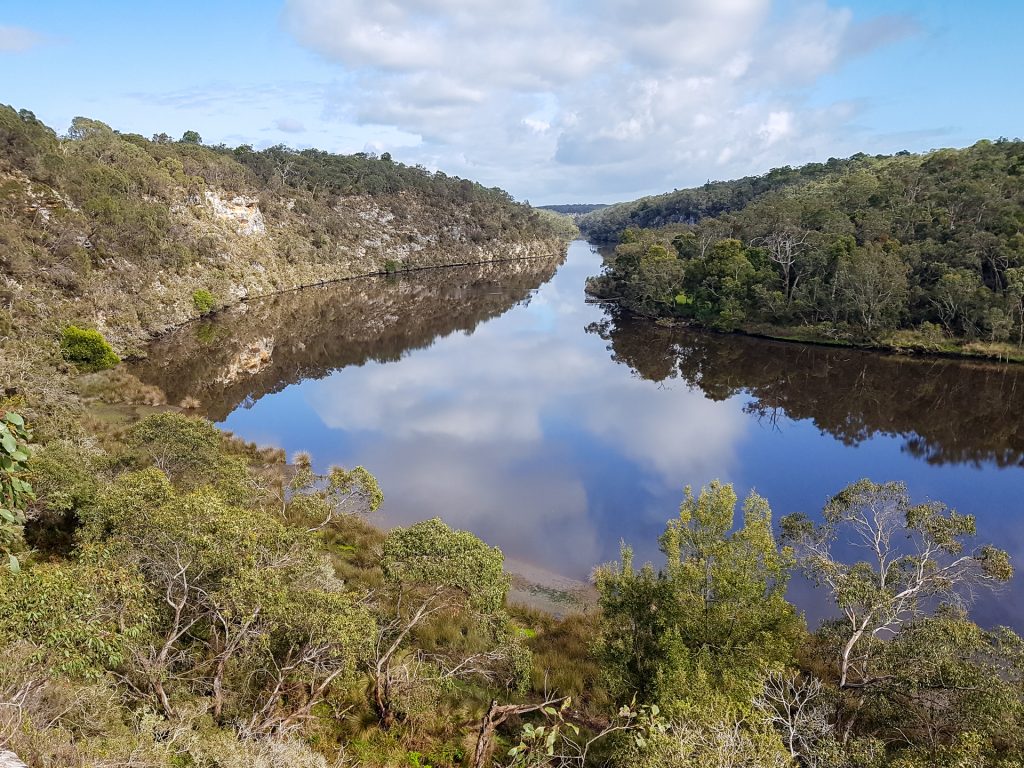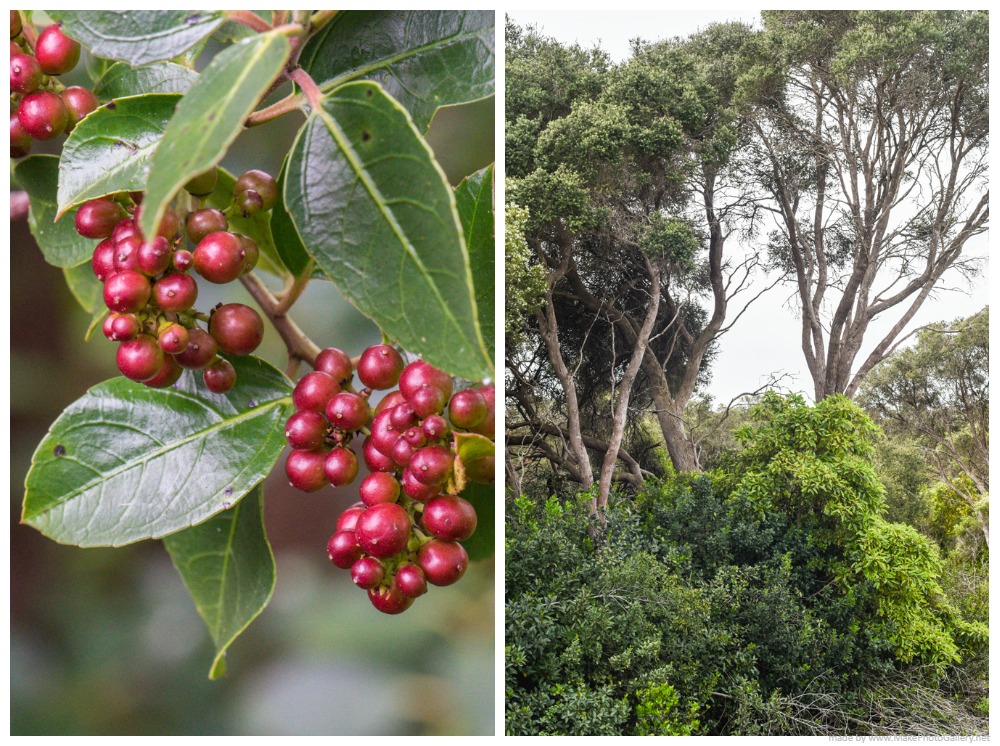Jumping the fence – tackling invasive weeds on the Doorstep of Nelson
By Nicole Mojonnier & Jonathan Tuck
Nelson is a small town at the Victorian coast only a stone’s throw away from the South Australian border. It’s nestled along the beautiful Glenelg River, not far from the river mouth, and surrounded by the Lower Glenelg National Park. It is an idyllic place very popular with tourists and anglers from all around Australia.
Some of the amazing fauna species that live on the fringe of Nelson and rely on its woodland vegetation include the South-eastern Red-tailed Black-cockatoo, Rufous Bristlebird, Southern Brown Bandicoot, four types of Antechinus (Swamp, Dusky, Agile and Yellow-footed) and the Common Dunnart.

In an earlier time, and probably out of sheer convenience, a rubbish tip was established at the northern end of town, nestled amongst the stringybark woodland of the National Park and adjacent what is now NGT’s Kurrawonga bushland reserve. Knowing what we know now, it probably wasn’t the best spot for it! It’s a significant source of invasive environmental weeds that have been dumped over the years (dating from its previous life as an open tip) and which continue to jump the chain-link fence into the bush.
Members of Nelson Coastcare have been instrumental in pushing the issue and mapping weeds in the past few years, and in May 2020, NGT received a Community Environment Program (CEP) grant to run a project to reduce the threat of invasive weeds to the surrounding parks and reserves. NGT’s bushcare crew have begun stamping out infestations currently spreading into adjacent reserves, with key targets including Italian Buckthorn, Periwinkle, Polygala, Coast Tea-tree (an East Coast imposter), Agapanthus, Sweet Pittosporum and Sallow Wattle. These species have also become established (usually not planted) in some residents’ properties, creating management problems with their rapid growth.

Community engagement is a key to the success of this project. We’re creating a small invasive weed guide and providing some assistance for landholders adjacent to bushland to remove invasive species and replace with free native “Glenelg-friendly” plants, with the aim of reducing the spread of weeds from properties adjacent to bushland.
The Glenelg Shire Council has recognised the weed threat in what is now a transfer station rather than an open tip, and is working to resurface unmaintained weed-infested areas inside the fence, and to find a future solution for any newly dumped green waste to prevent weeds from spreading. If implemented, this will significantly reduce both the long-term weed threat and the maintenance required.
If you are a landholder in Nelson and are looking for some weed advice, info about some of our local flora and fauna species, or you’d like to be part of this project, please send Jonathan or Nicole an email.
This project is funded by the Australian Government through the Communities Environment Program (CEP), and is supported by the Glenelg Shire Council and Nelson Coastcare.
